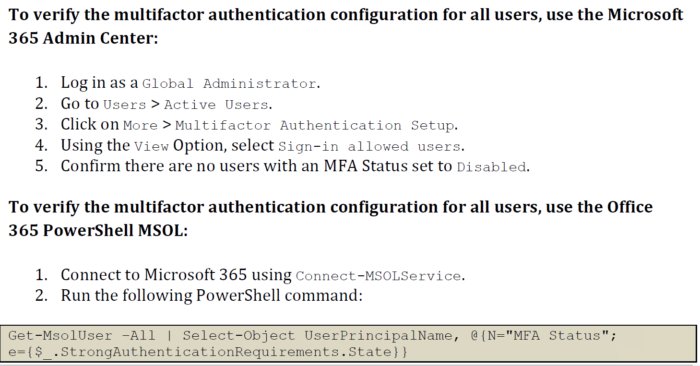
Remember XcodeGhost?
It was a pirated and malware-tainted version of Apple’s XCode development app that worked in a devious way.
You may be wondering, as we did back in 2015, why anyone would download and use a pirated version of Xcode.app when the official version is available as a free download anyway.
Nevertheless, this redistributed version of Xcode seems to have been popular in China at the time – perhaps simply because it was easier to acquire the “product”, which is a multi-gigabyte download, directly from fast servers inside China.
The hacked version of Xcode would add malware into iOS apps when they were compiled on an infected system, without infecting the source code of the app itself.
The implanted malware was buried in places that looked like Apple-supplied library code, with the result that Apple let many of these booby-trapped apps into the App Store, presumably because the components compiled from the vendor’s own source code were fine.
As we said at the time, “developers with sloppy security practices, such as using illegally-acquired software of unvetted origin for production builds, turned into iOS malware generation factories for the crooks behind XcodeGhost.”
As you probably know, this sort of security problem is now commonly known as a supply chain attack, in which a product or service that you assumed you could trust turned out to have had malware inserted along the way.






















